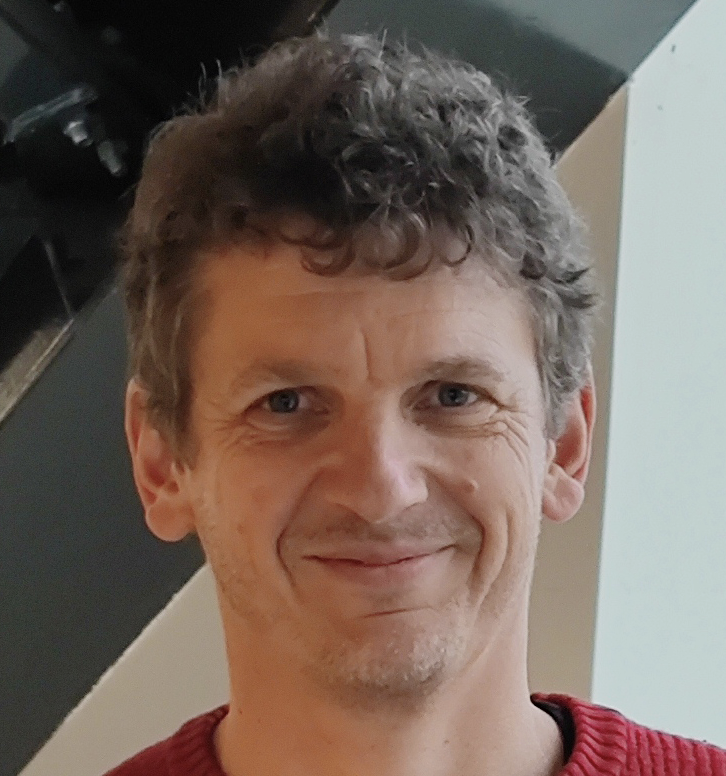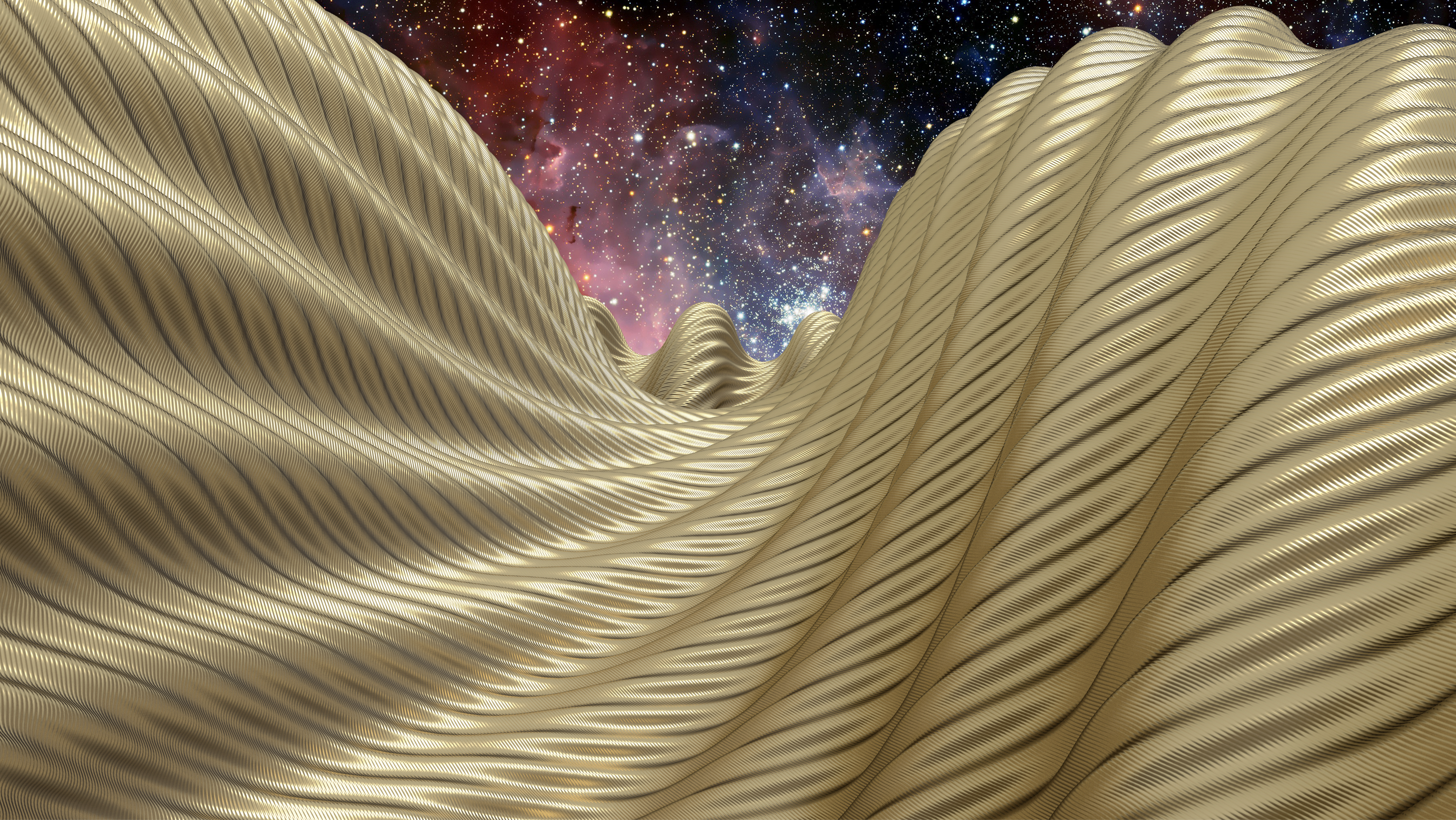 |
Professor of Applied Mathematics Université Grenoble Alpes Laboratoire Jean Kuntzmann PDE Team FirstName.LastName(adapted sign)univ-grenoble-alpes.fr |
Snail Mail Laboratoire LJK - Bâtiment IMAG Université Grenoble Alpes 150 Place du Torrent 38400 Saint Martin d'Hères Accès Bureau 161 - bâtiment IMAG - Plan Phone +33 4 57 42 17 84 |
Research interests
I am mostly interested in the development of effective calculations in problems having a geometric flavor, which could be refered as applied geometry or numerical geometry. In particular, I have been working in the field of geometric inference and on different nonlinear geometric problems, having connections with various domains such as optimal transport, Monge-Ampère equations, inverse problems in optics, computational geometry or convex integration theory. Below are some of my favorite fields I have contributed to. |
Numerical optimal transport / Inverse problems in optics. I am working on the numerical aspect of optimal transport, in particular in the semi-discrete setting (i.e. when transporting an absolutely continuous measure to a discrete one). I am also investigating applications to inverse problems arising in non-imaging optics. Figure: Parallel light refracted by a lens that concentrates the light into the "hikari" character. |
 |
Convex Integration theory / Smooth fractals.
I am working with the Hevea Project on the realization of Nash's isometric embeddings based on the Convex Integration Theory
developped by Gromov in the 70s. I am particularly interested in the simplification of this theory in order to make
it more effective and to numerically solve some nonlinear partial differential equations.
Click here for an application of the flat torus. Figure: smooth-fractal structure observed on a reduced sphere. |
 |
Geometric inference.
The aim of geometric inference is to get robust estimations of the topological and geometric properties of a
geometric object from an approximation, such as a finite point set. I have in particular been working on the stability of the
(Federer) curvature measures, the regularity of the distance functions to compact sets, Voronoi Covariance Measures
using distances to measures. Figure: Example of a finite point set from which one wants to infer geometric properties of the underlying object. |
More details on my publications web page.
Current (and recent) projects
- StableProxies (ANR 2022-2026, PI: D. Coeurjolly)
- Raymapr: software to design optical components (innovation project, supported by AMIES (6 months) and UGA through an IRGA Grant (12 months), 2023-2024, PI: B. Thibert)
- Hevea: H-principE, Visualisation Et Applications
- MAGA: Monge Ampère et Géometrie Algorithmique (ANR 2016-2022, PI: Q. Mérigot)
- CoMeDiC: Convergent Metrics for Digital Calculus (ANR 2015-2021, PI: J.-O. Lachaud)
PhD Students and Postdocs
- Jean-Baptiste Follet (PhD, 2023-...) Geometry of C1 isometric embeddings.
Co-advised with Vincent Borrelli - Julien Prando (PhD, 2022-...) Distributionally Robust Shape Optimization
Co-advised with Charles Dapogny (UGA IRGA Grant) - Anatole Gallouet (PhD, 2019-2023) Inverse problems in nonimaging optics and generated jacobian equations
Co-advised with Quentin Mérigot - Jean-Baptiste Keck (Postdoc, January 2020 - April 2021) Problèmes inverses en optique avec des sources de lumière étendues Co-advised with Quentin Mérigot (ANR MAGA Grant)
- Mélanie Theillière (PhD, 2016-2019) Effective Convex Integration Theory
Co-advised with Vincent Borrelli - Jocelyn Meyron (PhD, 2015-2018) Transport optimal semi-discret et applications en optique anidolique
Co-advised with Quentin Mérigot - Julien André (PhD, 2012-2015) Conception de réflecteurs pour des applications photométriques
Co-advised with Quentin Mérigot and Dominique Attali - Roland Denis (Postdoc, December 2012- March 2014) Structure en fractale lisse des sphères de Nash-Kuiper
Co-advised with Francis Lazarus within the Hevea Project (UJF Grant). - Louis Cuel (PhD, 2011-2014) Discrete Geometric Inference
Co-advised with Jacques-Olivier Lachaud
Main scientific and administrative responsabilities
- Head of Master of Applied Math (M1 AM)
- Deputy director of MaiMoSiNE
- Head of PDE Team at LJK